I mentioned the other day that I would talk about our compost pile. Or should I say ‘piles’. We use the pile approach as opposed to putting it in a bin. I think because it’s easier, we have the room for them and it makes them so much easier to turn. We put our kitchen scraps in it, our grass clippings, leaves and any other weeding and pruning we do. They say a good compost pile should have a ratio of 25 parts brown, carbon-rich materials (such as dry leaves, straw and wood chips) to 1 part green, nitrogen-rich materials (such as kitchen scraps and grass), but we are more relaxed than that. We’ve never been very scientific about our ratios and we seems to come out with a good mix.
We usually have three piles going. One that is finished compost, like the picture above, one that is actively composting, and another one to throw new materials into. In the fall as the leaves drop, Scott will just mow over the leaves, to break them up before adding them to the pile, this helps them to start composting faster instead of matting up and turning sour. You know when your compost isn’t actually composting when it smells. A properly behaving pile shouldn’t smell at all because the complex arrangement of organisms of worms, bacteria and insects will keep it breaking down naturally.
Now that spring is here and we are preparing the beds, we keep a custom made (by Scott) wood frame with wire mesh over the wheel barrow to sieve out any big pieces before we wheel it to it’s intended bed. Using our compost and supplimenting with some mushroom compost we’ve purchased (we have a big yard!) has greatly improved our soil. When we first moved here, our soil didn’t retain moisture at all, but now I think we’ve got it at an ideal stage. It holds moisture long enough for the plants to soak it up, but without being muddy and clay like. Perfect for growing.
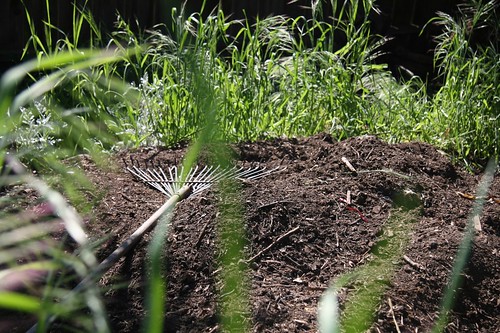



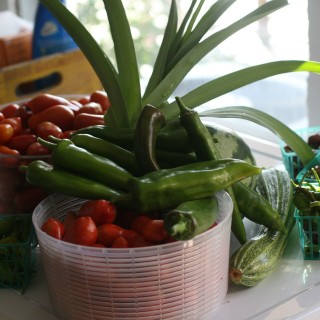
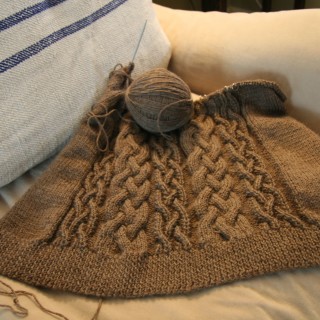
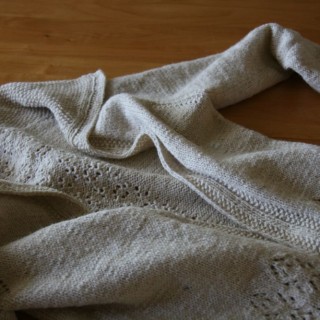

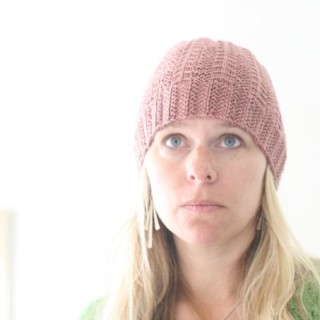

Can you tell me where to buy mushroom compost?
Hi Virginia,
We buy our mushroom compost through our local materials place. The same place where you can buy brick, flagstone, gravel, topsoil etc. You might want to ask your local nursery also if they know of a good supplier.
I’d love to see your wire mess frame Scott built for the wheel barrow. 🙂 Are your piles just on the ground? How often do you turn your piles? Thanks!!!